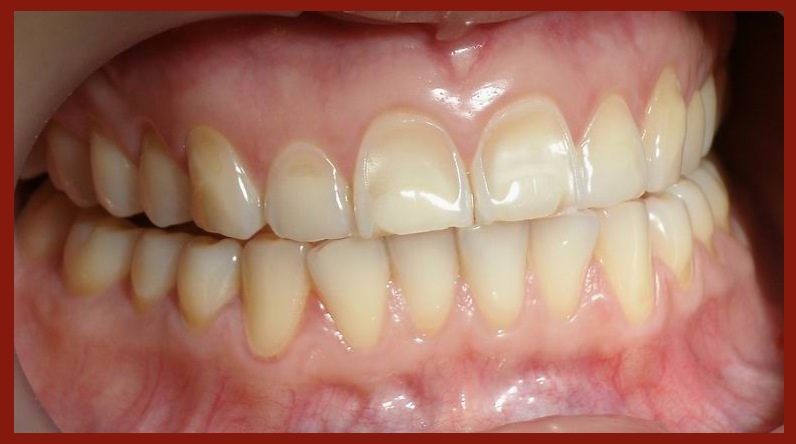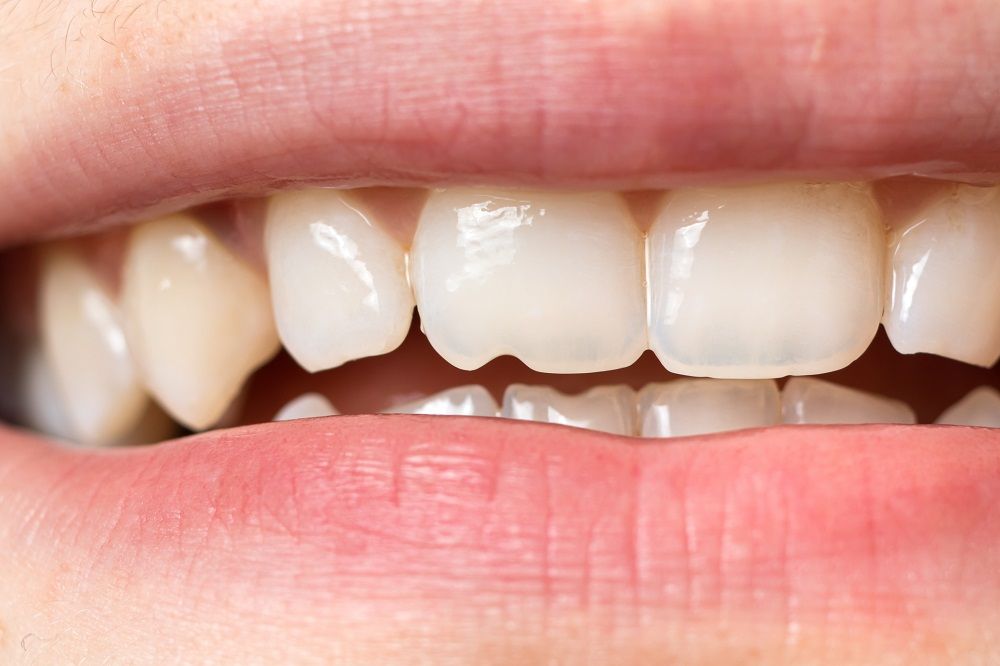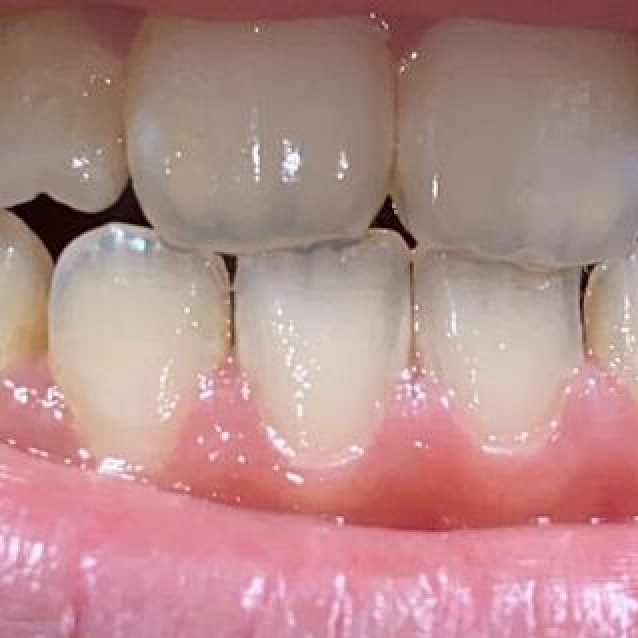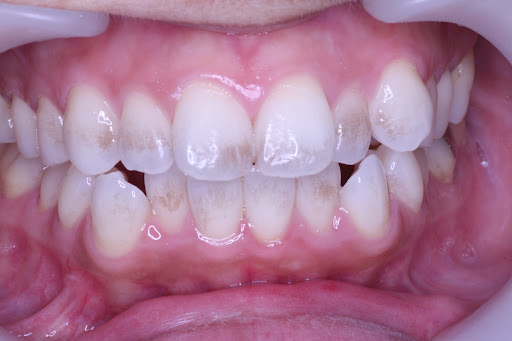Translucent Teeth: Causes, Treatment Options, and Prevention Tips
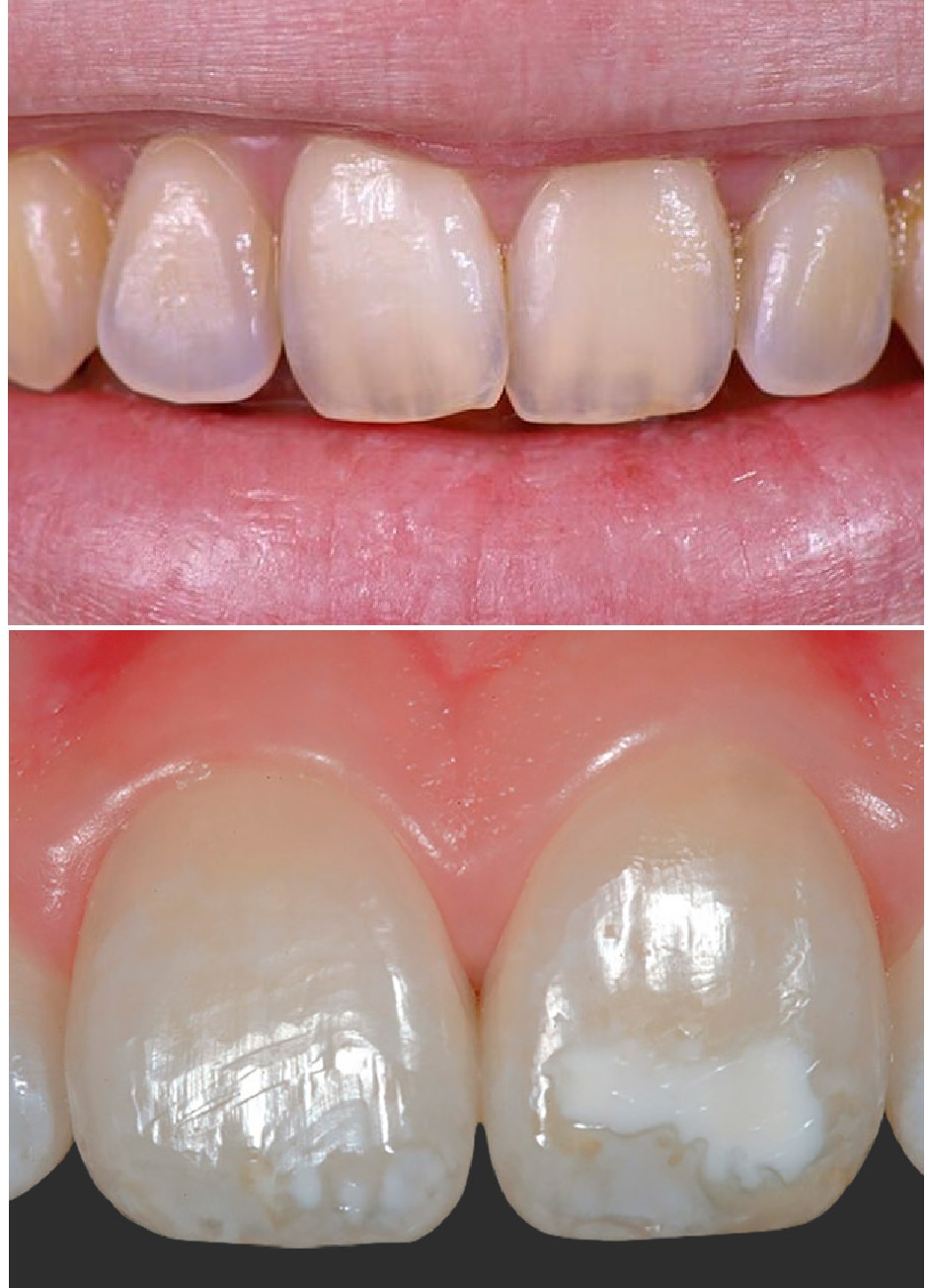
If you’ve noticed that your teeth look more transparent, especially at the edges, you might be dealing with translucent teeth. This condition can be concerning, as it’s often a sign of enamel erosion or other underlying oral health problems. In this comprehensive guide, we’ll cover everything you need to know about translucent teeth, including the causes, treatment options, and preventive measures you can take to protect your smile.
What Are Translucent Teeth?
Translucent teeth occur when the outer layer of the tooth, called the enamel, wears down, causing the teeth to appear semi-transparent or glassy, especially around the edges. Enamel is the hardest substance in the human body, serving as a protective barrier for the more sensitive layers underneath, like dentin and pulp.
When the enamel becomes thin or weak, it loses its opaque, white appearance and begins to allow light to pass through, giving the teeth a translucent appearance. Translucent teeth are often a warning sign of enamel erosion, which can lead to more serious dental issues if left untreated.
Related Reading: How Enamel Erosion Leads to Sensitive Teeth
What Causes Translucent Teeth?
Translucent teeth can result from a variety of factors, many of which are related to enamel erosion. Below are the most common causes:
1. Acid Erosion
One of the leading causes of translucent teeth is acid erosion. Acids, whether from your diet or the stomach, can wear down the enamel over time, causing it to thin and lose its protective properties. Foods and drinks high in acid include:
- Citrus fruits like oranges, lemons, and grapefruits
- Carbonated beverages (both sugary and sugar-free)
- Vinegar-based products like pickles
- Wine and other alcoholic drinks
Additionally, acid reflux or GERD (gastroesophageal reflux disease) can introduce stomach acids into the mouth, leading to enamel erosion. Over time, this acid exposure weakens the enamel and causes teeth to appear translucent.
2. Celiac Disease
Interestingly, celiac disease—an autoimmune disorder where the ingestion of gluten leads to damage in the small intestine—can affect oral health. People with celiac disease often have enamel defects, including translucent teeth, because the condition interferes with nutrient absorption, which is crucial for maintaining strong enamel.
3. Genetics
Some people may simply have weaker enamel due to genetic factors. If your parents had thin or translucent enamel, you might be more prone to experiencing the same. While you can’t change your genetics, you can take extra precautions to protect your enamel.
4. Poor Oral Hygiene
Inadequate brushing and flossing can lead to the buildup of plaque and bacteria, which produce acids that erode the enamel. Over time, poor oral hygiene can contribute to the thinning of enamel, leading to translucency.
5. Over-Brushing or Using Abrasive Toothpaste
Surprisingly, brushing too hard or using a toothpaste that’s too abrasive can wear away the enamel. Over-brushing can gradually thin the enamel, making the teeth appear translucent at the edges. It’s important to use a soft-bristle toothbrush and non-abrasive toothpaste to protect your enamel.
Consequences of Translucent Teeth
Translucent teeth are more than just a cosmetic issue. If left untreated, enamel erosion can lead to a host of oral health problems, including:
- Tooth sensitivity: As the enamel thins, the underlying dentin layer, which contains nerve endings, becomes exposed. This can lead to increased sensitivity, especially to hot, cold, or sugary foods.
- Cavities: Enamel acts as a shield against decay. Once it erodes, the risk of developing cavities increases.
- Tooth fractures: Weakened enamel makes the teeth more prone to chipping or cracking.
- Discoloration: Without the white enamel covering, teeth may begin to appear yellow or darker due to the exposure of dentin.
Learn More: Why Enamel Erosion Causes Tooth Discoloration
Treatment Options for Translucent Teeth
Fortunately, there are several treatment options available to restore the appearance and function of translucent teeth. The sooner you address the issue, the better your chances of preventing further enamel loss.
1. Fluoride Treatments
Fluoride helps to remineralize and strengthen the enamel, making it more resistant to acid attacks. Your dentist may recommend professional fluoride treatments or fluoride-enriched toothpaste and mouthwash to help rebuild weakened enamel.
2. Dental Bonding
For more severe cases of translucent teeth, your dentist might suggest dental bonding. This procedure involves applying a tooth-colored resin to the affected areas, which helps protect the enamel and improve the tooth’s appearance.
3. Veneers
Veneers are thin shells of porcelain or composite resin that are bonded to the front surface of the teeth. Veneers not only cover up the translucency but also provide an added layer of protection to the damaged enamel.
4. Crowns
For teeth that have experienced significant enamel erosion, crowns may be necessary. Crowns are caps placed over the teeth to restore their strength, function, and appearance.
5. Treating the Underlying Cause
If the translucency is due to a medical condition like acid reflux or celiac disease, it’s essential to address the underlying health issue. For example, managing acid reflux through diet changes or medication can reduce acid exposure to the teeth and slow further enamel erosion.
Prevention Tips for Translucent Teeth
Preventing translucent teeth starts with good oral hygiene and lifestyle habits. Here’s what you can do to protect your enamel and prevent future translucency:
1. Limit Acidic Foods and Drinks
Cutting back on acidic foods and beverages is crucial for protecting your enamel. If you do consume acidic items, use a straw to minimize contact with your teeth, and rinse your mouth with water afterward.
2. Use Enamel-Protecting Toothpaste
Look for toothpaste specifically designed to protect and strengthen enamel. These formulas often contain fluoride and are gentle on the teeth, reducing the risk of further enamel erosion.
3. Practice Good Oral Hygiene
Brushing twice a day and flossing daily can help prevent the buildup of plaque and bacteria that contribute to enamel erosion. Use a soft-bristle toothbrush and avoid brushing too aggressively.
4. Address Acid Reflux or GERD
If you suffer from acid reflux, talk to your doctor about managing the condition. Controlling acid reflux through diet or medication can significantly reduce the risk of enamel erosion.
5. Get Regular Dental Checkups
Visiting your dentist regularly allows them to catch early signs of enamel erosion before they become serious problems. Early detection can help prevent translucent teeth and the complications that come with it.
Learn More: How Regular Dental Visits Protect Your Enamel
Conclusion: Protect Your Smile from Translucent Teeth
Translucent teeth are a clear sign that your enamel is wearing down, and addressing this issue early is crucial to maintaining your oral health. By understanding the causes of translucent teeth and taking preventive measures, you can protect your smile and avoid more severe dental problems in the future. Whether through simple lifestyle changes or advanced dental treatments, there are many ways to restore and strengthen your teeth.
If you’ve noticed signs of translucent teeth, don’t hesitate to reach out to your dentist. They can guide you through the appropriate treatment options to help restore your teeth’s health and appearance.
References
- American Dental Association (ADA). “Enamel Erosion: Causes and Prevention.”
- National Institute of Dental and Craniofacial Research (NIDCR). “The Impact of Diet on Oral Health.”
- Mayo Clinic. “Celiac Disease and Its Effect on Oral Health.”
- Journal of Clinical Dentistry. “The Role of Fluoride in Preventing Enamel Erosion.”



